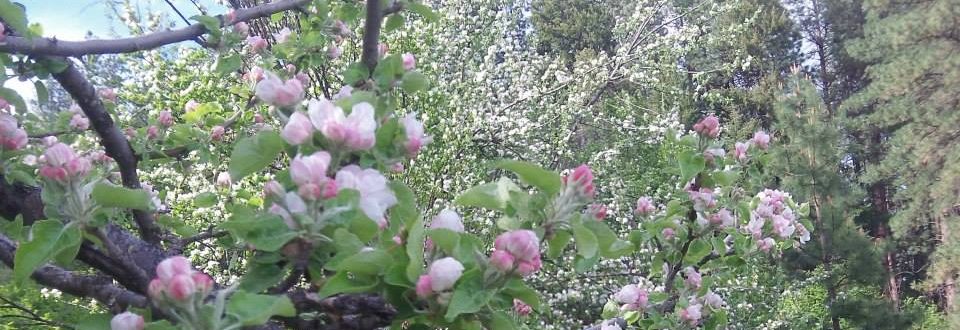Kyle Chamberlain reviews
Gods, Wasps, and Strangers:
The Secret History and Redemptive Future of Fig Trees
by Mike Shanahan
The cover of Mike Shanahan’s book, illustrated with fig fruits and leaves, immediately seized my primate mind by the roots. As promised by the tile, Gods, Wasps, and Stranglers is a storied overview of the human relationship with the fig genus, spanning history and evolutionary time.
The fig is the staple food of most primates around the world. Of all the plant taxa, our evolutionary relationship with the fig genus may run deepest. Evolving 60-80 million years ago, the figs nursed our evolution and bridged our family from the age of dinosaurs into the age of mammals. Shanahan tells stories of the fig spanning the from Ardipithecus to Buhdah and beyond.
The great significance of the fig, I had guessed at before this read. But there are new and very relevant takeaways for me here.
-The role of figs in succession, the way that “strangler” figs subvert succession (by sprouting in the tops of other trees), the deep roots of figs, and the foundational role that figs play in the development of animal-friendly forest, are subjects which have given me a new perspective on our relationship with plants. It occurs to me that the Cenozoic could have developed without us, that early frugivory may set the stage for the Age of Mammals as we know it. In the fig, we have perhaps the earliest example of nutrient cycling attuned to animals, rather than to plants alone. Rather than compete for sunlight by investing in competitive growth, figs associate with early successional stages, and create conditions similar to early succession by sprouting high in the canopy of other trees. Rather than adjust their productivity to water stress, figs reach deep with their roots, to sustain regular cropping for their animal associates. Deep rooting also allows figs to mine the minerals necessary to sustain a rich animal community. We could regard the fig as the progenitor of fertility as we know it. I am curious to see if I can trace the emergence of the other large omnivores to centers of fig diversity.
-There are some patterns of genetic diversity in plants associating with animals, which I am still exploring. Fruit trees may have evolutionary imperatives distinct from those of the dominant vegetation. The evolution of animal dispersal may be as much about maintaining genetic diversity as it is about mere reproduction. These patterns may be deeply relevant to horticulture.
-The fig, like the oak, could represent one of a succession of habitat types that drove our evolution. For Northerners, traveling to fig country is like a return to the arboreal and savanna phases of our evolution.
-I’m still looking for a good resource describing the most Northerly figs of Eurasia. Ficus carica is not the only one.
-What traits limit fig cold-hardiness?
-The fig as a solution to nakedness, in myth, may be rooted in the use of bark-cloth.
-Figs may have trained chimps to be fruit squeezers.
-Birds go the distance as disperses, but animals with gut-capacity are also valuable.
-The cultural sacredness of figs may be rooted in an adaptive awe.
Ficus Origins and Phylogeny
Figs as a Global Resources
Figs the First Cultivated Plant?
Ficus Sets World Record Root Depth
FigWeb Database
U.S. Ficus Species Ecology
Ficus of Mexico
Fruits and Frugivores: Coevolution?
Patterns in Mutualism
Primate Dispersal
Fruit Size
More on Fruit Size
Larger Old World Fruits
Mutualism Evolution
Fig Traits
Island Fruit Size
Ecology of Dispersal
Dispersal Chronology
Cheap Fruits
Fruits and Frugivory
Fruit Syndromes
African Elephant Fruits

